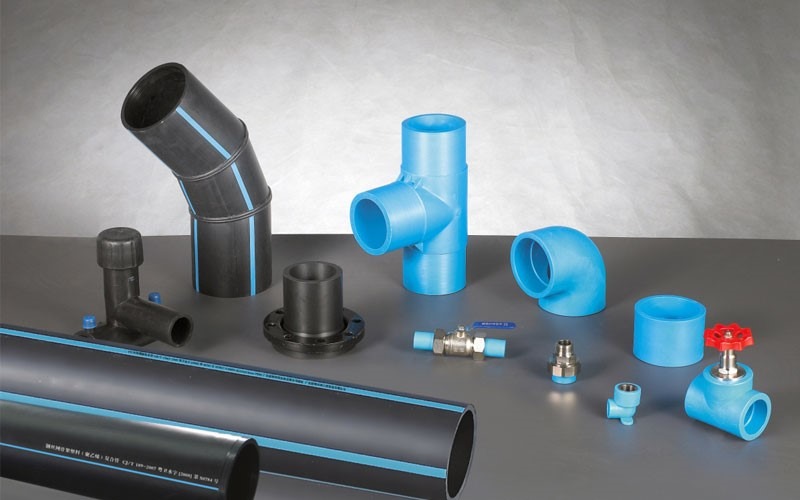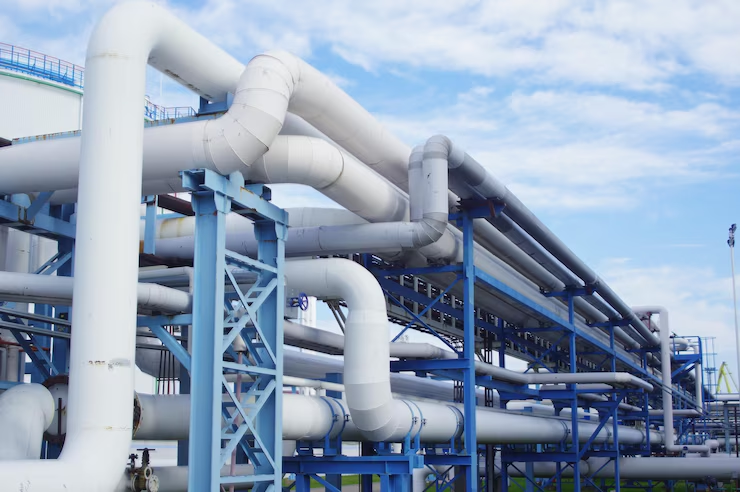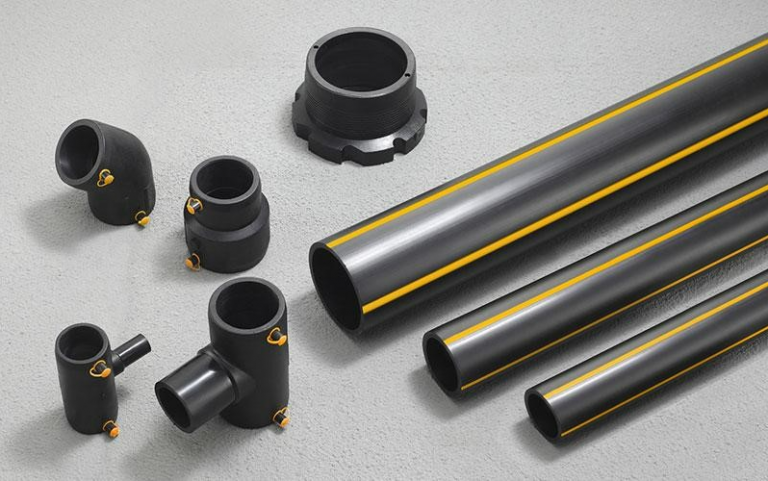TEL
Back

Search
Proper installation of plumbing and pipe fittings directly impacts how efficiently a piping system runs and how long it lasts. Even small mistakes like poor sealing or mismatched materials can lead to leaks, pressure loss, or structural damage. Many of these issues stem from skipping basic precautions, which can result in costly failures. That is why it is important to take care of some basic precautionary measures while installing the system to make it last long.
Let's see what are some common plumbing mistakes and how can you avoid them:
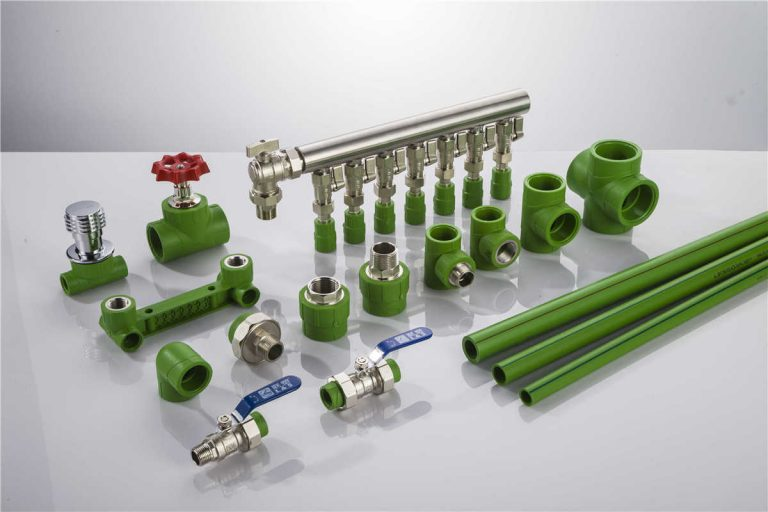
During the water pipe installation, as well as the general plumbing and piping fittings, you need to consider the following things:
Many people assume that the tighter the fittings, the safer it becomes. However, this is a misconception, and over-tightening does more damage than good. Due to the tapered threads (internal/external), over-tightening may concentrate stress on the smaller-diameter threads, potentially causing plastic fitting fractures or thread deformation. It weakens connections not designed for that level of pressure.
The correct way to do it is to tighten the fitting until it feels snug and secure. For threaded joints, tight it with your hands, then add a partial turn with a wrench.
Plumbing and pipe fitting of different materials may be incompatible due to differences in chemical properties, thermal expansion coefficients, or mechanical performance characteristics. Combining incompatible materials while fitting leads to failure in the long run.
For instance, combining copper with galvanized steel results in electrochemical corrosion. These issues develop quietly and tend to show up only when major damage has already occurred. If you need to use incompatible materials, you can take proper precautionary measures. You can use a dielectric union between copper and steel to prevent galvanic corrosion. For plastic pipes, only use certified components of the same material to ensure long-term operation.
Leaving the water on during plumbing and pipe fitting installation is a careless approach. It may cause water splashing, which not only wets the work area but also risks electrical shocks and slips. Built-up pressure may also burst pipes without warning, creating serious safety risks.
So, turn off the main water valve or any relevant isolation valves. Once closed, open a nearby faucet to drain the remaining water in the line. Only start working once the pipe is completely drained and dry.
If dirt, grease, or leftover debris remain on pipe ends or fittings, they interfere with bonding and sealing. Joints formed this way are far more likely to leak.
That is why it is critical to clean every pipe end before doing pipework installation. Use an emery cloth or wire brush for metal pipes and a soft cloth for wiping plastics dry and debris-free.
Skipping thread sealants or tape on connections results in leakage under pressure. Even tight threads leave microscopic gaps that water can escape through.
The correct way to wrap is to place the Teflon tape or thread sealant on the second-to-last thread from the end of the pipe. When wrapping, pay attention to the direction opposite to the rotation of the pipe, and wrap 3 to 5 turns before cutting it off.
Uneven or sloppy cuts prevent plumbing and pipe fitting from seating properly, which creates misalignment and gaps. These defects result in untimely joint failure.
This issue can be avoided by measuring the pipes accurately and marking them before cutting. Use a cutter suited to the pipe material. Make straight and clean cuts, and do not forget to deburr the edges before connecting.
Plumbing and pipe fittings that have already been used, or those made from poor materials, are far more likely to fail under normal system pressure. Small pipe cracks and imperfections usually remain invisible until a major failure happens.
Always choose new fittings made from certified materials during plumbing installations. Cooperate with internationally known brands who can offer quality certificates and guaranteed qualified production processes.
Two different fittings may seem correct to fit, but mismatched threads, sizes, or pressure ratings can weaken the connection. Improper pairings often lead to leaks or blowouts over time.
That is why it is important to check for compatibility of all the plumbing and pipe fitting components before starting to assemble the system. Confirm thread types, pipe sizes, and pressure ratings. You can use calipers to measure the pipe's and fitting's diameter. When unsure, it’s better to ask professionals or pipe suppliers for help.
Everything may look fine on the outside, but without pressure testing, there is no way to know if the system will hold the required pressure.
Upon pipework installation, you can use water or air pressure testing methods to check the system's sealing and integrity. During the test, the pressure should meet design requirements or manufacturer-recommended values. Throughout the testing process, carefully inspect pipe connections for any leaks and repair them promptly.
Sealants and solvent cement applied in the plumbing and pipe fittings need time to cure. Therefore, immediately exposing the system to fluid pressure makes it possible to destroy and wash out the sealant and cement, which will eventually render the whole installation ineffective.
The correct way is to follow the cure times listed on the product label. Some joints might be ready in 15 minutes, while others may need several hours.
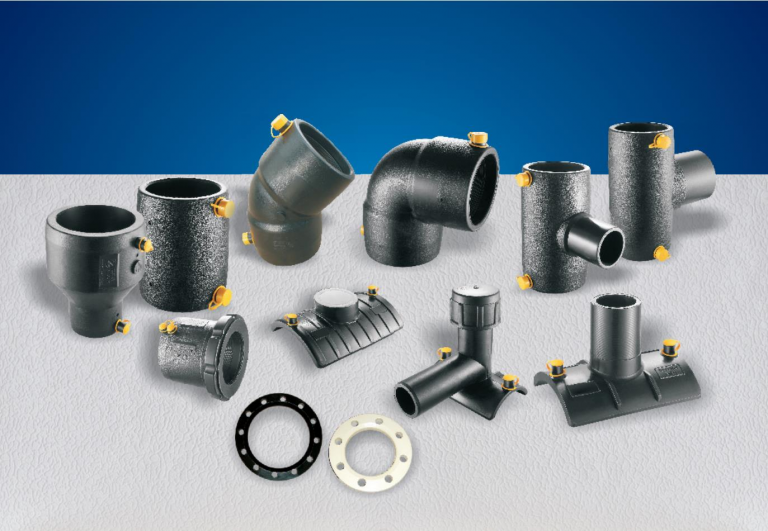
For any plumbing system to last, material quality must match installation quality. LESSO is a globally trusted manufacturer offering a full range of pipes, fittings, and related components for residential, municipal, industrial, and agricultural use.
We supply certified and durable products built for long-term performance. Under normal usage conditions, LESSO pipes are guaranteed to provide over 50 years of service life, effectively preventing potential hazards such as leaks and pipe bursts. Choosing LESSO means opting for a worry-free, long-term piping solution.
The performance and longevity of any plumbing system depend heavily on how well it is installed and the quality of the components used. If you are considering to invest high-quality plumbing and pipe fittings, choosing expert manufacturers like LESSO reinforces the integrity of the installation. Contact us now to discuss your specific requirements!
